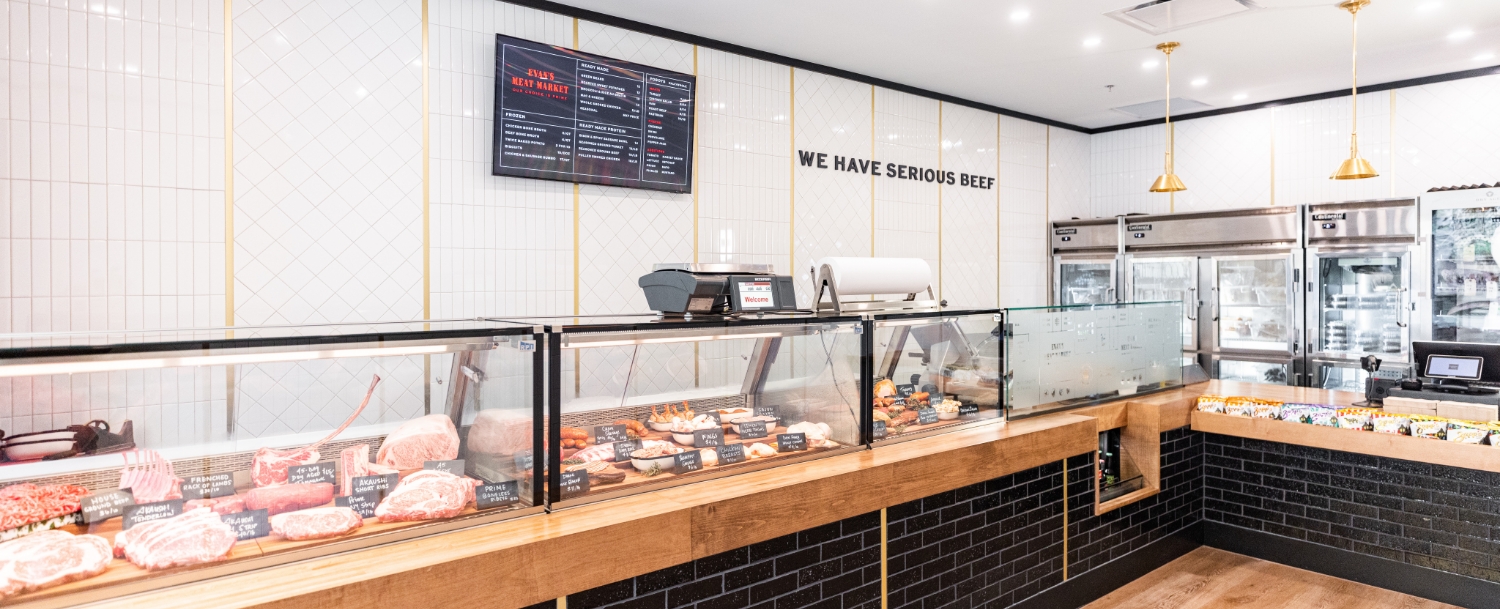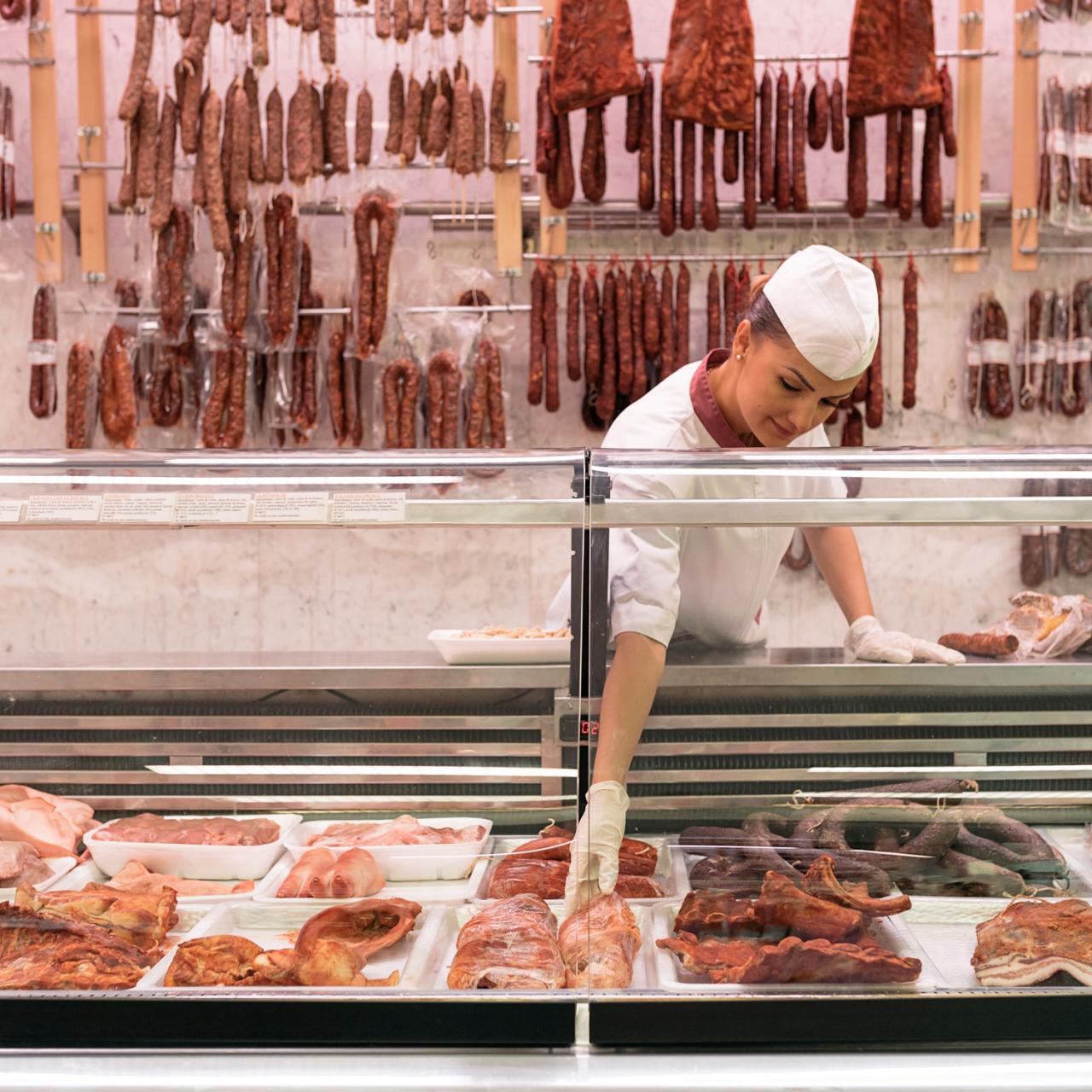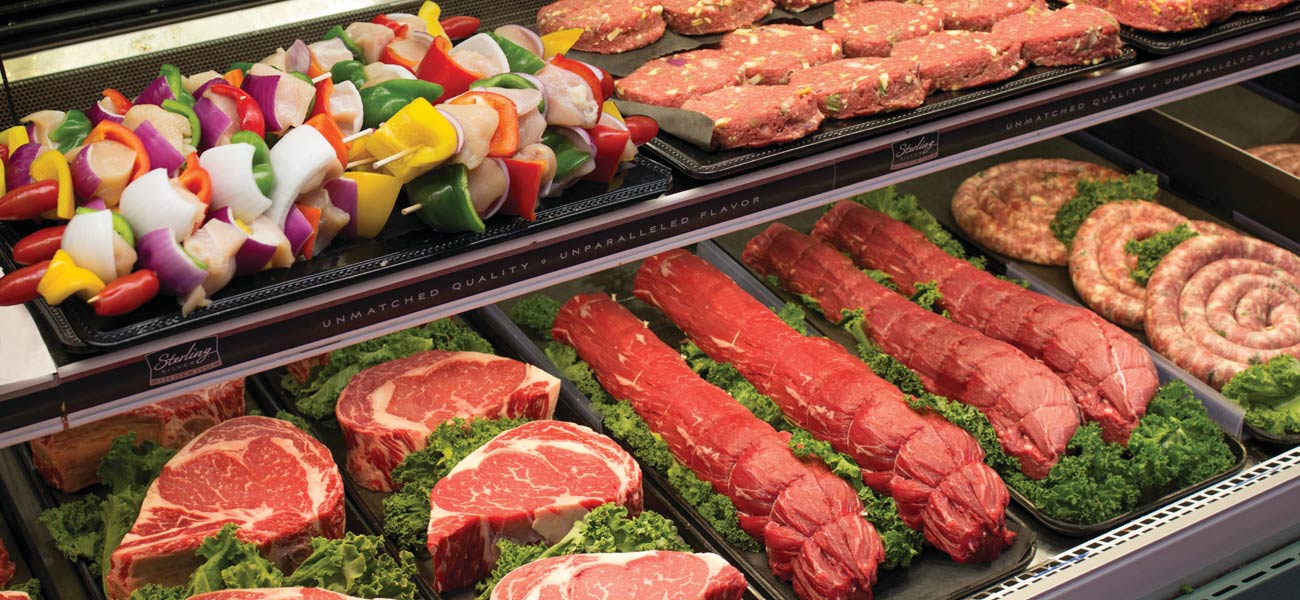From Ranch to Table: Accepting the Tradition of Meat Markets and Butcheries
In an age dominated by comfort and automation, there exists a silent change occurring in the cooking globe - a return to the origins of food sourcing through the tradition of meat markets and butcheries. These establishments, commonly ignored in the shadow of supermarkets, are experiencing a renewal as critical customers look for high quality, traceability, and a connection to the beginnings of their food. However what is driving this change back to the means of old? The solution hinges on the intersection of heritage techniques, ethical considerations, and a wish for a much more authentic gastronomic experience.
The Revival of Meat Markets
The revival of meat markets throughout various neighborhoods indicates a shift towards a restored admiration for in your area sourced, high quality meats. In current years, customers have ended up being extra aware of the beginnings of their food, resulting in a growing need for openness and sustainability in the meat market. This pattern has actually led the way for the rebirth of traditional meat markets and butcheries, where consumers can straight connect with knowledgeable butchers and source their meat from close-by farms.
One of the vital driving variables behind this renewal is the need for better and fresher items. By buying meat from neighborhood markets, consumers can guarantee that they are obtaining fresh cuts that have actually not traveled fars away or been being in storage for prolonged periods. Additionally, supporting neighborhood meat markets assists reinforce the regional economy and advertises community connections.

Craftsmanship in Butcheries
With the resurgence of meat markets highlighting quality and sustainability, the emphasis shifts towards acknowledging the intricate craftsmanship showed in modern butcheries. Workmanship in butcheries surpasses just cutting meat; it personifies an ingrained tradition of experience and precision in taking care of various cuts of meat. Bagley Farms Meat Market. Butchers, commonly trained for many years, possess a wide range of expertise on the makeup of pets, blade skills, and the art of damaging down carcasses successfully

In modern butcheries, craftsmanship is apparent in the method butchers meticulously resource their meat, making sure high criteria of top quality and ethical techniques. They take pride in comprehending the provenance of the meat they sell, functioning very closely with regional farmers and suppliers to offer customers complete transparency and traceability.
Moreover, workmanship in butcheries reaches the presentation of meat. Butchers skillfully prepare cuts that not just boost taste but additionally showcase the natural elegance of the meat. The art of butchery is a mix of custom and advancement, where respect for the pet and commitment to the craft result in remarkable items that absolutely attract attention in today's market.
In Your Area Sourced Meat High Quality

In your area sourced meat uses various advantages, consisting of fresher items, assistance for neighborhood farmers, and lowered environmental influence because of lowered transport ranges - Bagley Farms Meat Market. By buying meat from neighboring ranches and butcheries, customers can have much more self-confidence in the high quality and security of the products they are buying

Farm-to-Table Shopping Experience
In the realm of locally sourced meat quality, the farm-to-table buying experience offers consumers a straight link to the beginnings of their food - Bagley Farms Meat Market. This unique shopping experience permits customers to trace the directory journey of their meat, from the farm where the pets were raised to the table where it will certainly be appreciated. By participating in farm-to-table purchasing, individuals can gain a deeper understanding of the farming techniques, animal welfare criteria, and sustainability initiatives involved in creating their meat
One of the crucial benefits of the farm-to-table shopping experience is the openness it offers. Customers have the chance to engage with regional farmers and butchers, asking concerns about the meat they are acquiring and finding out concerning the specific cuts available. This straight interaction promotes count on in between producers and customers, ensuring that individuals are positive in the quality and beginnings of the meat they are bringing home. Furthermore, the farm-to-table purchasing experience often advertises a sense of community, as clients sustain regional businesses and farming, enhancing the bond between city and rural locations.
Custom Meets Modern Society
The convergence of traditional meat markets and butcheries with contemporary culture provides a special opportunity for the conservation of artisanal practices in a modern context. While modern-day advancements have actually changed various sectors, the essence of traditional meat markets and butcheries stays deeply rooted in history and workmanship. This mix of practice and modernity permits for the continuation of classic techniques while adjusting to the needs and preferences these days's consumers.
In today's busy globe, where ease usually exceeds top quality, there is a growing appreciation for the heritage and authenticity that typical meat markets and butcheries supply. Customers are increasingly looking for openness in the sourcing and production of their food, leading them back to the personalized solution and competence discovered in these facilities. The emphasis on sustainability and ethical methods straightens with the values upheld by numerous standard meat markets and butcheries, cultivating a sense of area and responsibility towards the environment.
As culture remains to develop, the coalescence of practice and modernity in meat markets and butcheries not only makes sure the preservation of artisanal practices yet also enriches the cooking landscape with a blend of heritage and innovation.
Conclusion
In verdict, the practice of meat markets and butcheries is experiencing a revival in modern culture. These facilities offer locally sourced meat of high top quality, providing a farm-to-table shopping experience for customers.
In an age dominated by benefit try this website and mass manufacturing, there exists a silent transformation taking area in the culinary globe - a return to the roots of food sourcing through the practice of meat markets and butcheries.The renewal of meat markets throughout different areas suggests a change towards a renewed recognition for in your area sourced, high quality meats.With the renewal of meat markets emphasizing high quality and sustainability, the focus moves towards acknowledging the elaborate craftsmanship find displayed in modern butcheries. Workmanship in butcheries goes beyond just reducing meat; it symbolizes a deep-rooted custom of proficiency and precision in dealing with various cuts of meat.In today's fast-paced globe, where comfort usually surpasses quality, there is an expanding appreciation for the heritage and authenticity that standard meat markets and butcheries use.